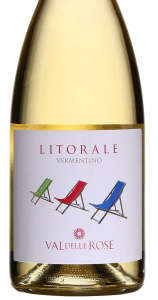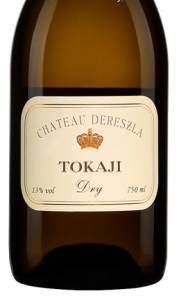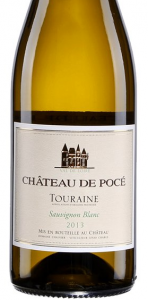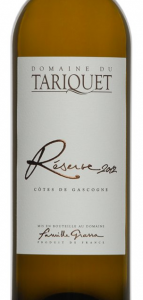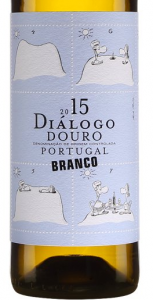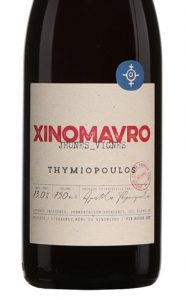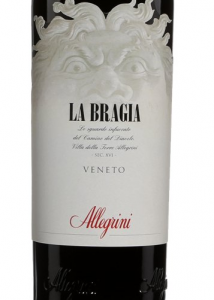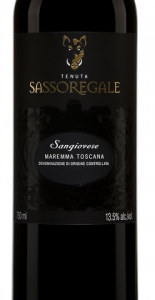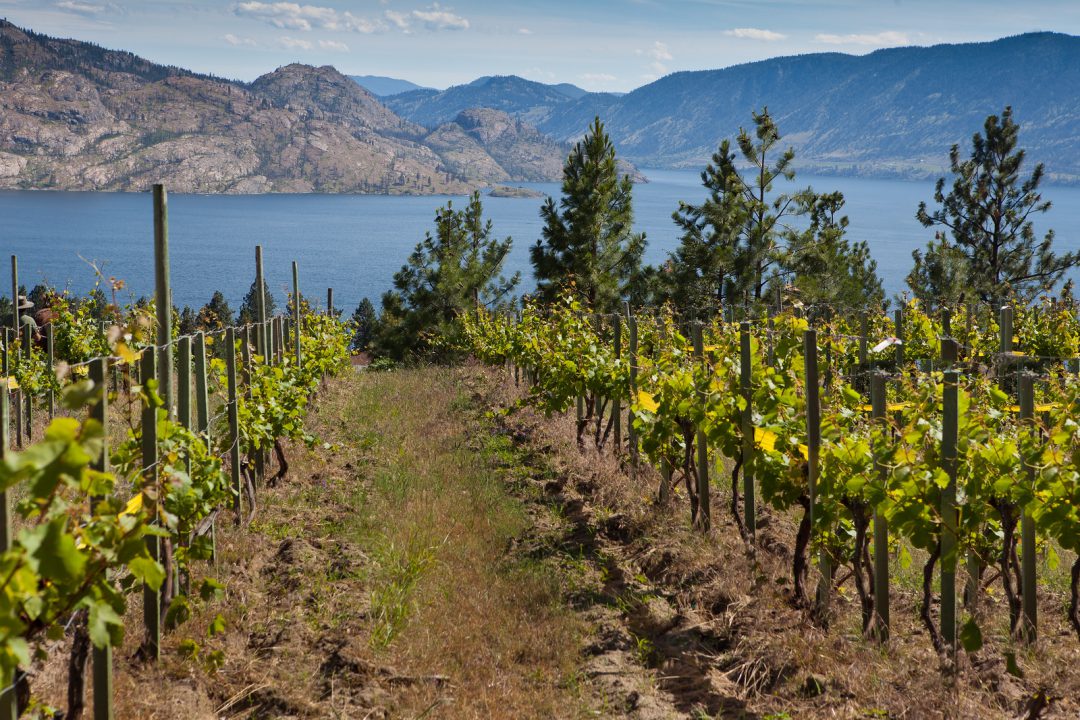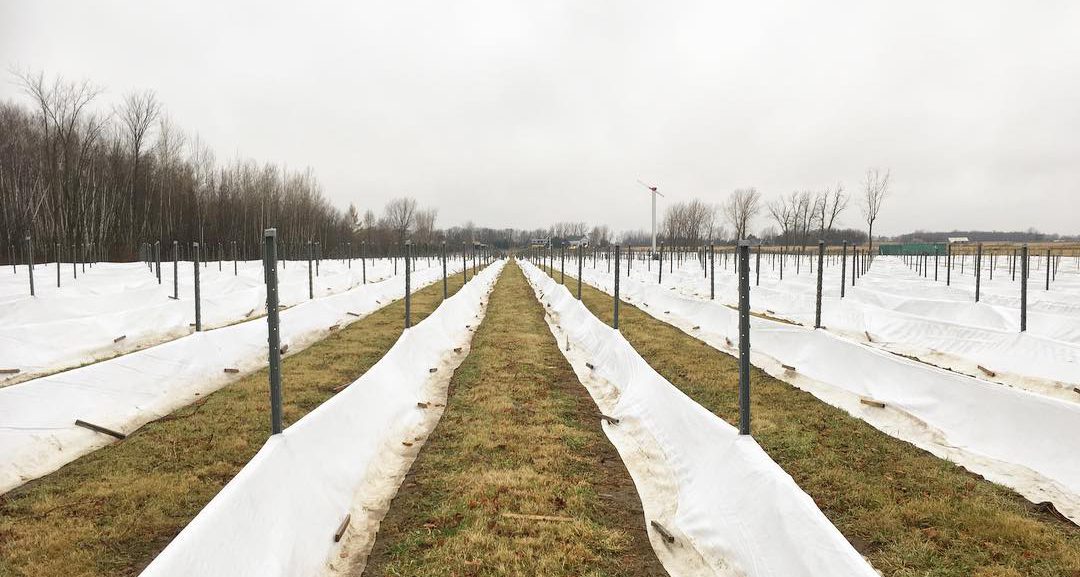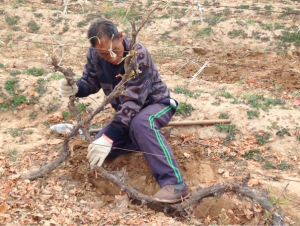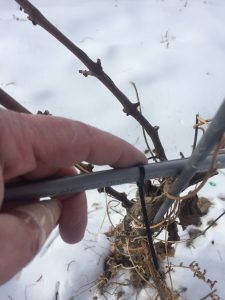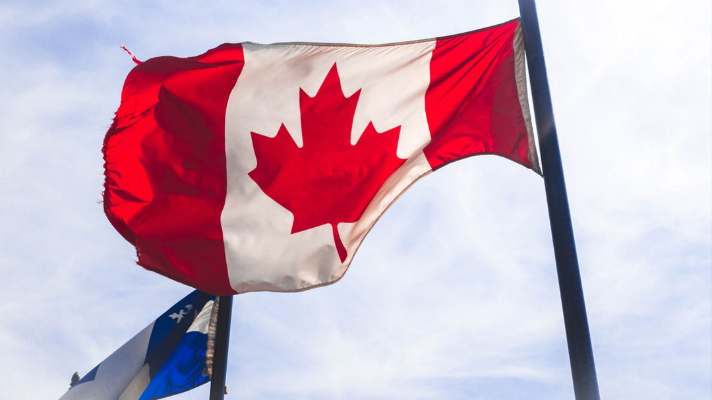Photo credit: Wines of British Columbia, WineBC.com
Because it is delicious. Voila. Enough said. End of article. Seriously though, Canadian wine has come a hell of a long way in a very short time. There have never been so many great reasons to drink Canadian wine.
The first commercial Canadian vineyard was established in Cooksville, Ontario in 1811. However, wide-scale production of quality wine didn’t truly get under way for another 160 years. Temperance movements, prohibition, inhospitable climates, negative consumer reaction to the “foxy” tasting wines crafted from the mainly hybrid grapes planted for their cold hardiness… the hurdles faced by the pioneers of the Canadian wine industry were immense.
Happily, an intrepid band of believers persevered, eventually finding sheltered, well exposed sites, with favourable soil conditions, and over time, matched these to Vitis vinifera and quality hybrid grapes that would thrive there. These parcels of land are notably found surrounding Lake Okanagan, its tributaries, and downstream lakes in British Columbia, and hugging Lake Ontario in Ontario.
Thomas Bachelder, acclaimed Niagara Peninsula winemaker, is convinced of his region’s vast potential, “We have the degree days, and complex limestone-rich soils. Niagara Chardonnay is elegant; racy, mineral and floral, with a solid core of rich dry extract”, he explains. Riesling and cool climate red grapes like Pinot Noir, Gamay, and Cabernet Franc also produce award-winning results here.
The over 160km stretch north to south from Lake Country/ North Okanagan to Black Sage and Osoyoos in the Okanagan Valley equates to a diverse terrain and significant temperature differentials, allowing a wide array of grapes to flourish though out the region. The cooler north focuses on varieties that can handle colder conditions – think Riesling, Pinot Noir, Pinot Gris, while the warmer south excels at Syrah, Cabernet Sauvignon blends, and the like.
Québec and Nova Scotia also have small but noteworthy, emerging Canadian wine industries. Nova Scotia is proving particularly successful with sparkling wines. The high tides of the Bay of Fundy bring constant wind movement, tempering the winters, allowing the region a long, moderate growing season. “Nova Scotian sparkling wine has very recognizable characteristics, namely its bracing acidity and pure, focused palate” says Josh Horton, head winemaker at top-quality Annapolis Valley winery: Lightfoot & Wolfville Vineyards.
Québec offers a wide palate of early ripening, winter hardy hybrid white, red, rosé, and sparkling wines, with a move toward noble, cool climate Vitis vinifera grapes in isolated, warmer sites. The quality of the sparkling, still whites and rosés has improved significantly in recent years, with favourite estates like Les Pervenches regularly selling out.
Last month, I had the great pleasure of joining a group of 22 Canadian wine experts as a judge for the 2019 National Wine Awards of Canada. Over 1800 wine entries were blind tasted through out the week. Without further ado, here are a selection of my top-rated wines from my tasting panels.*
* This list does not reflect the full extent of my enthusiasm for Canadian wine! Many of my favourite producers were not represented, or not in the tasting flights that I participated in. If you are looking for other suggestions for top class Canadian wine, don’t hesitate to reach out to me.
Want to know what the LW, PW & LW stand for in my wine scores? Check out my wine scoring system page.
SPARKLING WINE
Lightfoot & Wolfville Vineyards Blanc De Blancs Brut 2014, Nova Scotia – 93pts. PW
Racy, precise sparkling wine from one of Nova Scotia’s masters. Thrilling lemon zest, green apple notes give way to a saline finish, with ultra-fine, persistent bubbles and impressive length. World-class quality for the price.
Blend: Blanc de Blancs, Chardonnay 100%
Price: 38.95$, contact winery
Two Sisters Vineyards 2016 Blanc de Franc, Niagara River – 92pts. LW
Intriguing hints of raspberry, anis and spice underscored by inviting brioche notes on the nose. The palate, while quite light weight, has lovely textural appeal and creaminess to the core. Finishes long, with bright, lifted fruit and fine bubbles.
Blend: Blanc de Noirs, Cabernet Franc 100%
Price: 62$, contact winery
Lundy Manor NV Brut, Niagara Peninsula – 92pts. PW
Opulent, with heady aromas of biscuit, red apple, golden pear and lemon. Medium in body, with brisk acidity, and layered, leesy mid-palate and a hint of sweetness to the brut finish.
Blend: Pinot Noir 75%, Chardonnay 25%
Price: 45$, contact winery
Dark Horse Estate Winery, Valegro 2015 Traditional Method, Ontario – 91pts. PW
Interwoven notes of brioche, grilled nuts, lemon and apple feature on the nose. The palate is very pure and focused, with a subtly creamy texture, light body, and a very dry, refreshing finish.
Blend: Blanc de Blancs, 100% Chardonnay
Price: 39.95$, contact winery
RIESLING
Harper’s Trail 2018 Silver Mane Block Riesling Thadd Springs Vineyards, Kamloops, BC – 93pts. VW
With aeration, displays quite a complex nose of flint, green apple, lemon and lime. The palate is pitch perfect: taut, racy, and textural, bursting with zesty citrus fruit, and a lip-smacking, subtly off dry finish. Absolute steal for the price.
Price: 18.30$, contact winery
Hidden Bench 2016 Riesling Felseck Vineyard, Beamsville Bench, Niagara Peninsula – 92pts. PW
Lovely complexity on the nose, with hints of marmalade, mingled with red apple, white floral and lemon tones. Racy acidity gives way to a medium weight palate, with lifted orchard and citrus fruit flavours and subtle wet stone mineral hints on the long finish.
Price: 29$, contact winery
50th Parallel 2018 Riesling, Okanagan Valley – 92pts. VW
Another great value, with attractive grapefruit, green apple and lemon notes on the nose. Medium weight, with crisp acidity, a focused, linear core and lovely saline mineral notes that lift and draw out the finish.
Price: 19.90$, contact winery
Tawse 2016 Riesling, Sketches of Niagara, Niagara Peninsula – 91pts. VW
Classic Riesling nose, with petrol, white flowers, lemon, and apple nuances fairly leaping from the glass. Crisp and clean on the palate, with a vibrant, fruity core, and a taut, lengthy, off-dry finish. Delicious!
Price: 18.95$, contact winery, LCBO
CHARDONNAY
Quails’ Gate 2017 Stewart Family Reserve Chardonnay, Okanagan Valley, BC – 93pts. PW
Puligny-esque on the nose, with nuances of flint, white orchard fruit, lemon and melted butter. Crisp acidity is ably matched by taut, finely chiselled structure, with well integrated hints of toasty, spiced French oak, and a lengthy, mineral-laced finish.
Price: 40$, contact winery
Leaning Post 2017 Chardonnay Senchuk Vineyard, Lincoln Lakeshore, Niagara Peninsula – 93pts. PW
Very flinty on the nose, with hints of toasted oak, spice and white orchard fruit. The palate is fresh, yet quite broad and rich, with intermingled apple, vanilla, and toasted oak nuances on the long finish. Would benefit from a few years additional cellaring to further integrate.
Price: 45$, contact winery
Flat Rock Cellars The Rusty Shed 2017, Twenty Mile Bench, Niagara Peninsula, Ontario – 92pts.
Surprisingly complex for the price, with stony mineral nuances overlaid by white floral notes, ripe lemon, and yellow apple on the nose. Brisk acidity gives way to a medium weight, creamy, layered core with a hint of that buttered popcorn flavour that is so tempting on Chardonnay (when balanced by sufficiently high acid, as is the case here). Long, nuanced finish.
Price: 26.95$, contact winery
Fort Berens 2017 White Gold, Okanagan Valley – 92pts. PW
Very elegant white, with a subtle fragrance of lemon, white orchard fruit, linden and flint. Medium in weight, with a lovely creaminess balanced by vibrant, juicy acidity. Notes of sweet vanilla and toasted oak underscore the tangy citrus, apple flavours on the persistent finish.
Price: 26$, contact winery
Trail Estate Winery 2017 Chardonnay, Foxcroft Vineyard Twenty Mile Bench Niagara – 90pts. PW
The Trail Estate wines (from Prince Edward County and Niagara) impressed me across the board, from their lively Riesling to their elegant Pinot Noir. This Niagara Chardonnay was particularly tempting, with its zesty acidity, its textural mid-palate, and its salty tang on the lifted finish.
Price: 35$, contact winery
ROSE
La Cantina Vallée d’Oka 2018, Rosé du Calvaire, Québec – 92pts. VW
I can’t help but admit to have been thrilled to see that my favourite, blind tasted rosé was from Québec! This unusual rosé blend of Chardonnay and Pinot Noir offers pretty pink grapefruit, gooseberry and yellow pear notes on the nose. The distinctive personality of each grape really shine through, and harmonize nicely on the palate. Mouthwatering acidity leads into a very focused, medium bodied mid-palate with layers of orchard fruit and exotic citrus flavours. A very food friendly rosé!
Blend: Chardonnay 56%, Pinot Noir 44%
Price: 19.95$, contact winery, SAQ
Harper’s Trail 2018 Rosé, British Columbia – 91pts. VW
Pretty Pinot Gris-based rosé, with crushed strawberry, gooseberry and pink grapefruit aromas. The medium weight palate is brimming with tangy red fruit tempered by a subtle creaminess and a soft, rounded finish.
Blend: Pinot Gris 93%, Cabernet Franc 7%
Price: 17$, contact winery
Trius 2018 Rosé, Niagara Peninsula – 89pts. VW
Lively red apple and herbal notes feature on the nose. The palate is crisp and juicy, with a lightweight texture, and smooth, rounded structure. Finishes subtly off-dry.
Price: 17.95$, contact winery, LCBO
GAMAY
Deep Roots 2017 Gamay, Okanagan Valley – 92pts. VW
Very appealing nose marrying ripe red berry and violet notes, with undertones of blood orange and rhubarb. The palate offers tangy acidity, medium body and a silken texture that lengthens the finish nicely.
Price: 23.90$, contact winery
Desert Hills 2018 Gamay Noir, Okanagan Valley – 91pts. VW
Pure, Beaujolais nose with its beguiling dark raspberry, spice and violet aromas. Very lively on the palate, with moderate concentration, supple tannins, and a clean, precise finish.
Price: 22.90$, contact winery
Tawse 2017 Gamay Noir, Redfoot, Lincoln Lakeshore, Niagara Peninsula – 89pts. PW
Quite a peppery style of Gamay, with tart red fruit flavours and crisp, refreshing acidity. Light weight on the palate, with fine, powdery tannins and a juicy, red fruited finish.
Price: 28.95$, contact winery, SAQ
PINOT NOIR
Blasted Church 2017 Pinot Noir, Okanagan Valley – 94pts. PW
Wonderfully fragrant, with ripe red cherries, red berries, exotic spice, and floral tones that really come to the fore with aeration. The palate is tightly knit, with mouthwatering acidity, and ripe, chalky tannins. Finishes with harmonious hints of cedar and spice from well executed oak maturation.
Average price: 32$, contact winery
Hidden Bench 2017 Pinot Noir Unfiltered, Beamsville Bench, Niagara Peninsula – 93pts. PW
An intriguing nose featuring wild herbs, red berries and stony mineral nuances. The palate is beautifully balanced; vibrant freshness amply counters the weighty core of red berries, savoury nuances and notes of citrus oil. Fine-grained tannins frame the finish nicely.
Price: 31.75$, contact winery, LCBO
Howling Bluff Pinot Noir 2016, Three Mile Creek, Okanagan Valley – 93pts. PW
Intense, aromatic style of Pinot Noir, brimming with ripe red cherries, crushed strawberries and floral tones. Lots of finesse on the palate, with the moderately firm, medium bodied core book-ended by brisk acidity and weighty, yet ripe, diffuse tannins.
Price: 35$, contact winery
Rosehall Run 2017 JCR Pinot Noir , Prince Edward County (Ontario) – 92pts. PW
Very Burgundian nose, with its small red berries, griotte cherries, hints of earth and cedar. Crisp acidity gives way to a silky smooth texture and soft tannins on this ready-to-drink, medium bodied Pinot Noir.
Price: 39.95$, contact winery
Arrowleaf 2017 Pinot Noir, Okanagan Valley – 92pts. VW
Lots of finesse on this subtle yet highly complex Pinot Noir. The nose offers discreet nuances of cranberry, wild strawberry, tea leaf and earth. The palate is crisp and light, with lovely powdery tannins and a vibrant, fruity finish. Fantastic value for the price!
Price: 22.80$, contact winery
CABERNET FRANC
Peller Estates 2016 Andrew Peller Signature Series Cabernet Franc, Four Mile Creek, Niagara Peninsula – 91pts. LW
Raspberry, plum, and rose petal hints play across the nose. On the palate, brisk acidity leads into a smooth textured, weighty core of ripe dark fruit. Finishes with bold, yet polished tannins. Very long and layered with finely integrated cedar, spice nuances.
Price: 54.80$, contact winery
Foreign Affair 2016 Apologetic Red, Niagara Peninsula – 90pts. LW
A very stylish, full-bodied offering, with understated notes of cranberry, dark plum, bell pepper and cedar on the nose. The palate offers fresh acidity and a taut structure, with a concentrated core of baked black fruits. While ripe, the tannins are still pretty grippy and need a little time (or a few hours’ decanting) to mellow. Finishes with pleasing notes of tobacco and graphite.
Price: 69.95$, contact winery, LCBO
SYRAH
Mission Hill 2016 Reserve Shiraz, Okanagan Valley – 93pts. PW
Very pretty, ultra-ripe black berry and blueberry fruit underscored by notes of violet, pepper and dark chocolate. Quite sweet fruited on the palate, with a bold, weighty profile, firm tannins, and well-integrated cedar spice.
Price: 30$, contact winery
Le Vieux Pin 2017 Syrah Cuvée Violette, Okanagan Valley – 92pts. PW
Intense, complex nose featuring crushed cassis, black cherry, notes of exotic spice, tea leaf, and a hint of black pepper. Full-bodied and compact on the palate with ripe, grippy tannins and a fresh, lifted finish.
Price: 35.60$, contact winery
Ursa Major 2016 Syrah, Eagle Nest Vineyards, Okanagan Valley – 91pts. PW
A fleshy, dense Syrah with a powerful array of fresh black fruits, pepper, baking spice and floral hints on the nose and palate. Finishes with attractive, chalky tannins and subtle toasted oak nuances.
Price: 40$, contact winery
RED BLENDS
Nk’Mip Cellars 2016 “Winemakers Talon” Okanagan Valley – 93pts. PW
Perfumed nose featuring an array of fresh and baked black and blue fruits, floral hints, cedar and baking spice. The palate is ripe fruited, firm and quite powerful in structure, yet achieves quite an elegant balance with its bright acidity and muscular tannins.
Blend: Syrah 44%, Cabernet Sauvignon 18%, Merlot 13%, Malbec 13%, Cabernet Franc 10%, Pinot Noir 2%
Average price: 24$, contact winery
Riverstone Estate Winery “Stone’s Throw” Okanagan Valley – 93pts. PW
Intense aromas of ripe dark plum, black cherry, and bell pepper are nicely interwoven with graphite and cedar undertones. Full-bodied and highly concentrated on the palate, brimming with rich dark fruit flavours, and finishing with bold yet polished tannins, and lingering tobacco notes.
Blend: Merlot 78%, Cabernet Sauvignon 11%, Malbec 8%, Petit Verdot 3%
Average price: 28.90$, contact winery
Corcelettes 2016 Cabernet Sauvignon Syrah Menhir Estate Vineyard, Similkameen Valley (BC) – 92pts. PW
Very pretty nose featuring ripe cassis, plum and black cherry aromas, mingled with cedar, spice and vanilla. Upon aeration, pleasing floral hints develop. This weighty, dense red is lifted by its freshness, its fine-grained tannins, and well-integrated oak flavours.
Blend: Cabernet Sauvignon 58%, Syrah 42%
Price: 39.90$, contact winery
Stag’s Hollow Winery 2016 Renaissance Merlot Okanagan Falls – 92pts. PW
Highly perfumed, with notes of crushed cassis, dark cherry, baking spice, and cedar. The palate offers crisp acidity and very bright red and black fruit flavours that amply off-set the dense, weighty core and firm tannins.
Blend: Merlot 86%, Cabernet Sauvignon 7%, Cabernet Franc 6%
Average price: 35$, contact winery
Megalomaniac “Big Kahuna” 2016 Niagara Peninsula – 92pts. PW
Really juicy, medium weight red offering vibrant aromas and flavours of red currant, plum, and black cherry, mingling with hints of violet and cigar box. Quite taut in structure yet still highly approachable, with attractive fine-grained tannins and harmonious hints of oak.
Blend: 87% Cabernet Franc, 13% Syrah
Price: 34.95$, contact winery
ODDBALLS
Mooncurser Vineyards 2017 Touriga Nacional, Okanagan Valley – 93pts. LW
Deep, brooding red with a pleasing peppery, herbal flavour profile, balanced by masses of ripe black berries and cherries that linger on the finish. Very fresh on the palate, with a powerful structure and imposing tannins that require a little time to soften.
Price: 46$, contact winery
Mooncurser Vineyards 2017 Tempranillo, Okanagan Valley – 91pts. PW
Highly appealing floral nose, with underlying notes of blueberries, blackberries and plums. The palate is bold and weighty, with juicy black fruit flavours mingled with prominent, yet harmonious vanilla, spice oak nuances. Very grippy, firm tannins. Needs another year or two in the cellar.
Price: 35.75$, contact winery
Mt. Boucherie 2017 Blaufränkisch, British Columbia – 91pts. PW
A fine example of Blaufränkisch, with its pretty mulberry and spice nose, and its subtly earthy flavours. The palate is crisp, full-bodied and moderately firm with tangy fruit subduing the somewhat grainy tannins.
Price: 32$, contact winery
ICEWINE
Quail’s Gate Riesling Icewine 2017, Okanagan Valley – 95pts. LW
Wonderfully complex nose brimming with caramel, pineapple, confit lemon, apricot and hints of stony minerality. Highly concentrated on the palate, with its rich, layered texture and luscious sweetness perfectly balanced by racy acidity that lifts and lengthens the finish.
Average price: 39.95$, contact winery
Magnotta Winery 2018 Riesling Icewine Limited Edition, Niagara Peninsula – 94pts. LW
Enticing notes of pineapple, quince, ripe lemon and candied stone fruits feature on the nose. Vibrant, mouthwatering acidity lifts the unctiously sweet palate and underscores the concentrated, fruity core nicely. The finish is long and layered.
Average price: 39.95$, contact winery
Megalomaniac Wines 2017 Coldhearted Riesling Icewine , Niagara Peninsula – 93pts. LW
Irresistibly fragrant, brimming with exotic pineapple, guava, and mango aromas underscored by hints of candied lemon and caramel. Mouthwatering acidity provides the perfect counterweight to the dense, layered mid-palate and the enticingly sweet finish. Ripe peach and salted caramel flavours linger long on the finish.
Average price: 39.95$, contact winery


